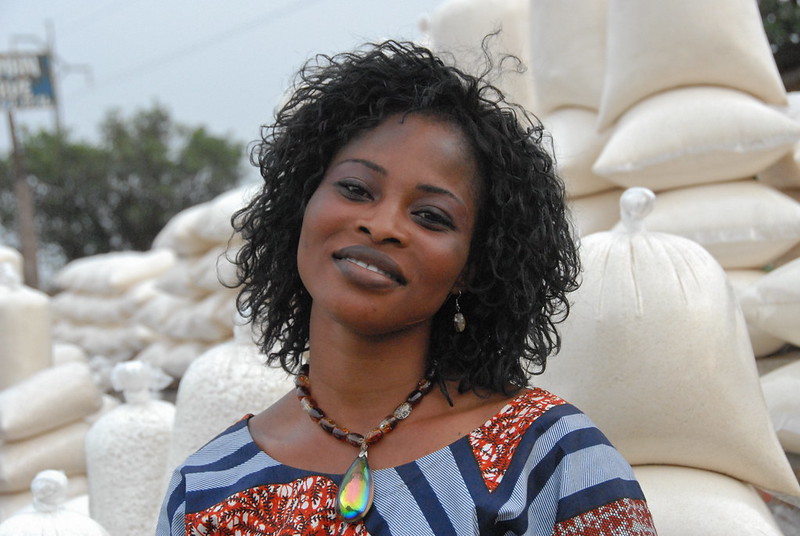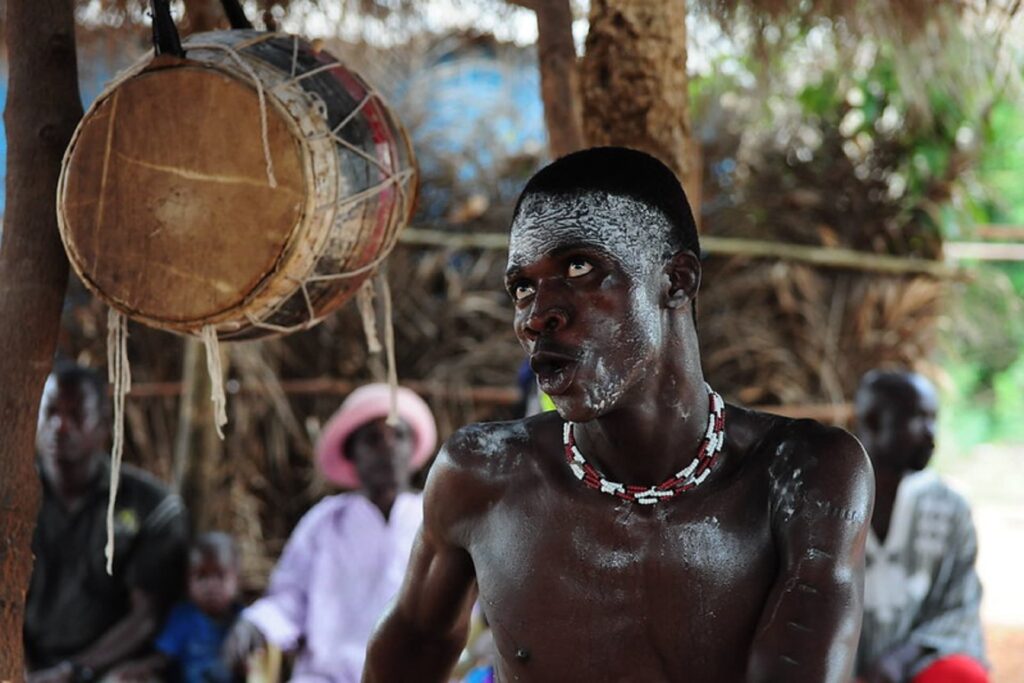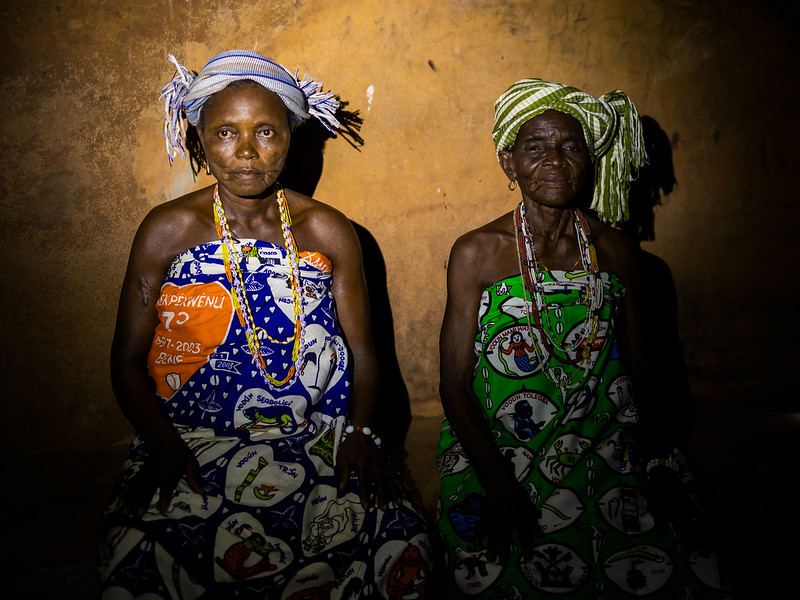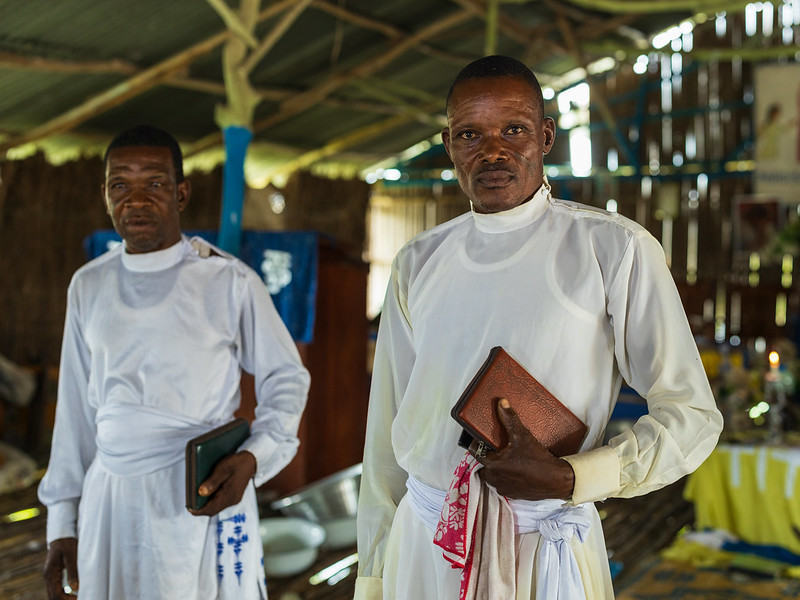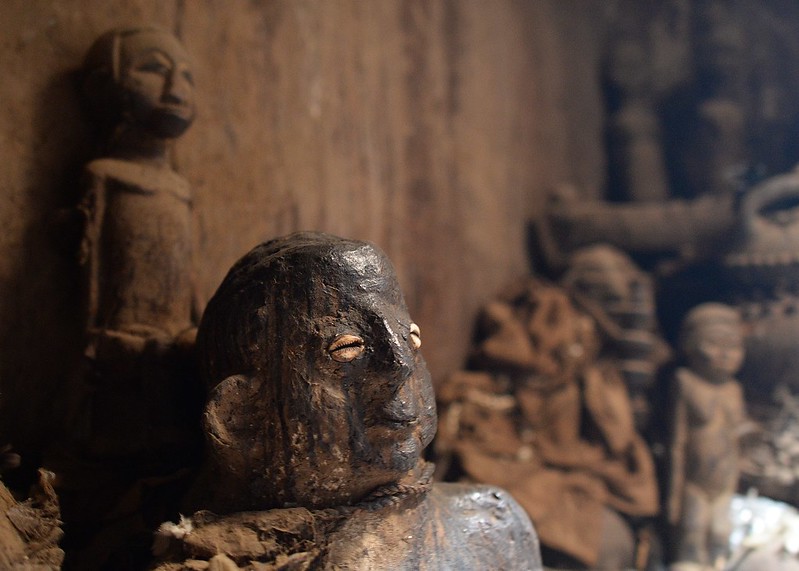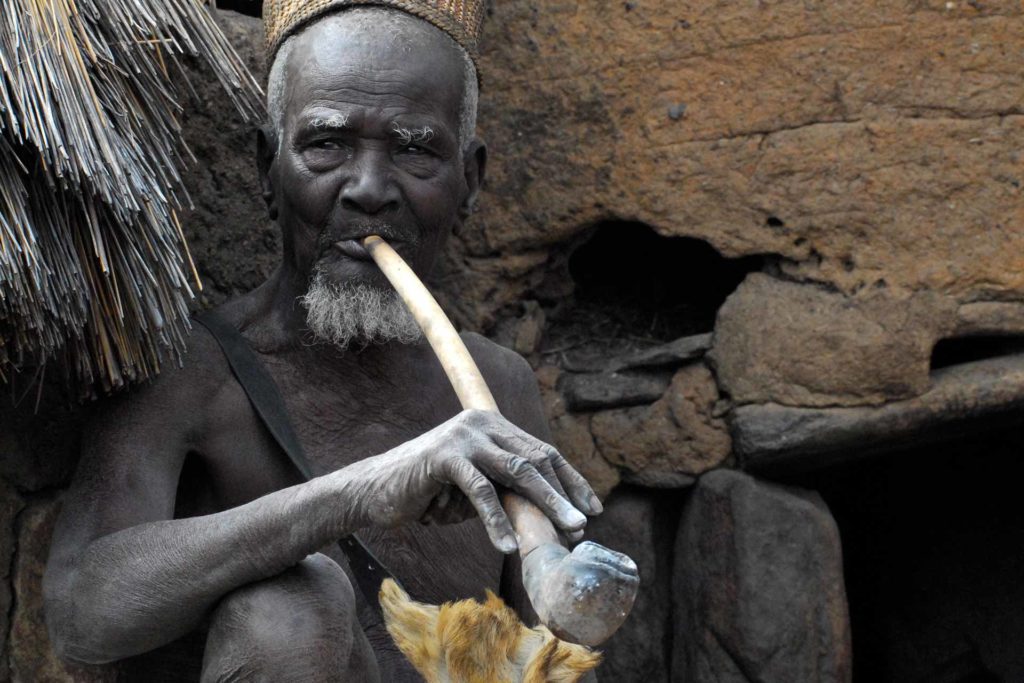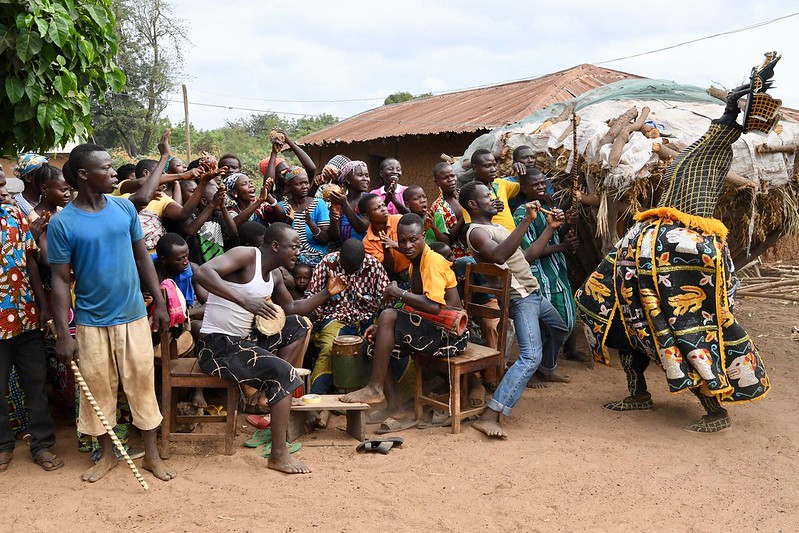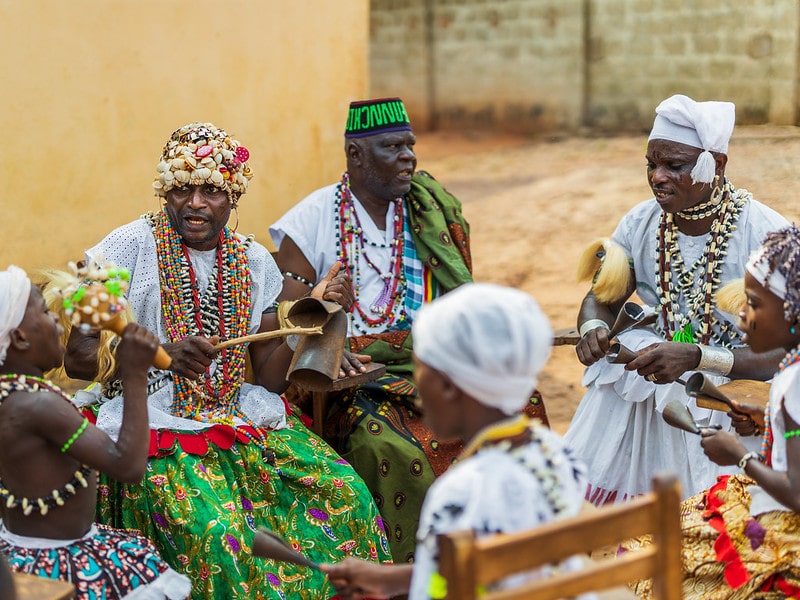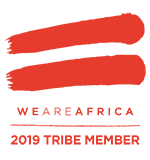REPUBLIC OF BENIN
Surface: 112,672 Km2
Population: 12,864,634 (in 2020) mainly concentrated in the south. On the Atlantic coast, Cotonou alone has 2,401,067 inhabitants. Demographics are relevant with an annual population increase of 3.5%.
Life expectancy: 61 years.
Capital: formally Porto Novo. The economic capital, seat of government, the Presidential Palace and embassies is Cotonou.
Life expectancy: 61 years.
Borders: to the east with Nigeria to the north with Niger and Burkina Faso, to the west with Togo and to the south with the Atlantic Ocean.
Ethnic groups: Fon 38%, Adja 15%, Yourouba 12%, Bariba 10%, Peul 9%, Ottamaribe including sub-groups such as Wama and Tayakou 6%, other minor groups including foreign residents 10%.
Religions: Christians 51%, Muslim 24%, Voodoo 17%, other traditional religions 3%, unclassified 5%. These figures must be interpreted, many Benin inhabitants practice both the Christian or Muslim religion and Voodoo at the same time but are classified as adherents to one of the two monotheistic religions.
Language: official French, widely spoken in the country. Local languages: the south, Fon, Yourouba are common and in the north Bariba, Peul and the different variants of Tamari idiom (Betammaribe).
Security: with a minority presence of Islam and the fact that is practiced an Islam with African connotations, therefore tolerant and peaceful, the presence of armed groups residing on the territory has never been detected. Apart from a single incident on the border with Burkina Faso by individuals from outside, no terrorist acts have been reported. The careful supervision of the security forces in the border areas make the Republic of Benin a safe country, with less terrorist incidence of most European countries.
Vaccinations and pandemics: vaccination against Yellow Fever is mandatory and malaria prophylaxis highly recommended. Benin recorded only 2884 total cases of Covid 19 (until November 16, 2020) making of Benin one of the least affected nations in the world.
Visa: required, E-visa available: https://evisa.gouv.bj/
TERRITORY, CLIMATE AND SEASONS
In the south and the centre of the country large plains of scrub alternating with oil palm plantations and fields. The Atlantic coast with its endless beaches bordered by high coconut palm trees was difficult for nautical access due the lack of natural ports. The north has large savannas and clearings dotted with baobabs. Atakora mountain range characterize part of the north west.
The climate is tropical, Sahelian in the far north, dry in the centre and moderately humid in the south. The rains never exceed 1300 mm per year, even in the most humid regions.
Seasons. Benin, as Togo is characterized by a unique microclimate divided in 4 seasons:
– from November to April, main dry season
– from May to the July, main rainy season
– from August to the first half of September, small dry season
– from the second half of September to the end of October, small rain season.
HISTORY
Benin history is different in the north and the south. In the arid north, the populations have always been more isolated. In the south, far more fertile, important realms as Ketou, Dahomey, Allada and Porto Novo has developed. These realms, as early as the 15th century, have been in contact with the first European navigators and their entourage of traders and missionaries. The elites of the south interweaved trade with the Europeans, of which the slave trade was the most lucrative. The slaves were captured thanks to an incessant state of war between the realms against the ethnic groups of the northern savannas. These contacts allowed the coastal populations to have an opening to the rest of the world, and an economic well-being that accelerated their development.
North. The north history, in absence of written traditions, remains blurred until the colonial era, with the exception of Wassangari-Bariba realm of the dating back to the 16th century which dominated extensive regions thanks to its knights. In the rest of the territories, for millennia, lived ethnic groups with horizontal social organization such as the Somba or Taneka us limited hierarchical structures where authority was not based on a coercive power, but only on the respect for the elderly and traditions. With no large political organization with a summit and therefore an army, every man was become a warrior in the event of external attacks or tribal conflicts. A lifestyle, apparently unchangeable, in which becoming was the perfecting of the idealized model from the ancestors.
These social systems, which knew no fixed borders, only areas of influence, either expansion wars, are perhaps the most original and least recognized heritage from pre-colonial Africa. Models that did not “made the History” because they had not express realms, empires, and great wars. Instead of making “History” with a capital H, they were able to coexist in harmony with nature and with spirits, creating a magical-metaphysical spirituality. Leaving most of the works that, thanks to his abstraction, has made of African tribal art, the inspiration for modern art and an important part of the world artistic heritage.
South. In the most populated areas of the country, great realms have developed. Realms that have pas to history thanks to the splendors and wars necessary to the flourishing slave trade.Finally, some realms passed to History thanks to the wars that opposed them to the Europeans during the colonial conquest and the consecutive abolition of slavery.
Kétou realm extended over a vast territory between actual Benin and what is now southwestern Nigeria. Founded by Oba (King) Ede, grandson of Ododuwa who between 11th and 12th centuries gave rise to the first Yourouba realm in Ile-Ife, , one of the most prestigious African realms, who left us the famous bronzes of Benin. Even today, the Oba Alaketu reigns over the royal palace of Kétou, respected by its population and proud of its ancient origins. It is believed that the cult of Gelede mask dances from this region. Even today initiations, magical rites, Voodoo ceremonies are widely practiced in Ketou area.
Dahomey realm is the highest political expression of the Fon ethnic group and has its origins at the dawn of the 17th century. The capital, Abomey is the seat of several royal palaces because each successive king built his own new palace. Part of these palaces is now an interesting museum exhibiting ritual objects, weapons, fabrics, regalia including a throne surmounted on four human skulls and a series of interesting bas-reliefs created by court artists. The economy of the realm developed thanks to the slave trade and ended with it. Abomey had an organized army, the fiercest battalion of which was that of warrior women later called Amazons, known for their ferocity. The slaves were the prisoners of war. The army was the main economical motor, capable of attacking neighboring populations, who especially in the north did not have professional armies. In the palace a “sacred wall” was built mixing clay with the human blood of thousands of sacrificed slaves. In its heyday, the realm expanded to the coast with the capture of Ouidah small town, essential to embark slaves and receive “exotic” goods.
History becomes detailed from the colonial era that brought writing.
1894 The Colony of Dahomey is born, as part of the AOF (French West Africa)
1946 The Colony of Dahomey becomes part of the Overseas Territories with its own parliament and representation at the French Parliament.
During the colonial era were built the port of Cotonou, the railway and a great boost was given to the construction of schools throughout the territory. The Catholic missionaries contributed to the construction and management of numerous school facilities and hospitals.
1960 on 1 August, the Republic of Dahomey becomes independent and Hubert Maga leader of the Democratic Movement of Dahomey is appointed president.
1963 Discontent, strikes and demonstrations, with a growing risk of civil war.
1963 on October 28, Colonel Christophe Soglo, chief of staff, lead the first military coup, deposing Hubert Manga.
1964 The Colonel gives the power back to civilians and a new president is elected.
1965 A year characterized by instability, feuds within the government lead to the block of parliamentary activities and the resignation of the President.
1965 on 2 December, is the second coup of Christophe Soglo , who in the meantime has become general.
1967 on 1 December, another coup: a group of young officers led by commander Maurice Kouandété overthrows Christophe Soglo.
1968 The military junta appoints a civilian to head the country.
1969 The second coup of Maurice Kouandété who in the meantime became colonel.
1970 The military leaves power by appointing a civil triumvirate that includes the first president Hubert Manga.
1972 October 26, coup by Commander Mathieu Kérékou.
1974 November 30, Kérékou declares Dahomey a revolutionary country and adopts Marxism Leninism as ideology.
1974 Is the year of numerous nationalizations.
1975 on 1 December, Kérékou declares that the Republic of Dahomey changes its name to the People’s Republic of Benin.
1975 – 77 The years of the revolution are characterized by executions of opponents and purges, even the interior minister is eliminated. Benin receives support mainly from North Korea and China.
1977 on January 16, the opponents to the regime exiled to Côte d’Ivoire with the help of Morocco, Gabon and Côte d’Ivoire, is said with the approval of France, organize what in code was named “Operation Shrimp”. An armed attempt to overthrow the communist regime. Bob Denard, the most famous mercenary of the time, is in charge of the operation. The operation fails due to a lack of coordination between the attackers and a local military unit that had to secretly support them. Kérékou himself leads the immediate military response, gaining popularity, presented as the saviour of the country from an outside attack.
1982 Pope Jean Paul II visits Benin and is received by Kérékou. In those years the President promulgated anti-religious laws intended to eradicate traditional cults such as Voodoo, considered antithetical to the marxist ideology of Scientific Materialism, while he avails himself of the advice and magical protection of an Islamic Marabut, Mohamed Amadou Cissé originally from Mali who becomes become very powerful and contributes to the dilapidation of the state treasure. Rumours spread throughout the country that the president’s victory over his enemies is thanks that himself was endowed with magical powers
1980-89 Were years of severe economic crisis, the foreign debt doubled and the gross domestic product fell by a third. The only activity that continued to flourish was smuggling with Nigeria, the economic and oil giant of the region. Most of the fuel entered “informally” through an extensive “ant trafficking” that provided a living for many. Goods that were forbidden or regulated by the import laws in Nigeria (which is an huge market compared to Benin) passed “informally” . Transport vehicles (the Peugeot arriving from the desert) luxury vehicles, alcohol and even first necessity goods where passing massively by Benin. In a pragmatic way where cohabitating ideological communism and extreme liberalism, of smuggling. At that time only the national tourist office was authorized to organize trips to the country, and private agencies where proscribed, the few adventurous organized trips came from Togo and individual tourists happened to be suspected of being mercenaries, a very serious suspicion that fortunately was forgotten. after payment of a bribe.
1989 A general strike shakes the country.
1989 December 6, Mathieu Kérékou surprises the international community by renouncing Marxism Leninism, declaring that the socialist option was not fitting the reality of the country.
1990 from 19 to 28 February, the National Conference as held with the partecipation the president himself and by the head of the Catholic Church Bishop De Susa, also the opponents who convicted in absentia were refugees abroad where invited and free to speech. The conference represents the definitive turning point of Benin towards multipartyism.
1990 March 1, the country is no longer a People’s Republic calling itself simply the Republic of Benin.
1991 March 24, free elections are held, the candidate Nicéphore Soglo (cousin of General Christophe Soglo, author of two putsch) is elected President. Kérékou willingly gives up and retires to a private life acclaimed as an example of democracy, and as a rare President who has not accumulated wealth, but lives as a simple citizen.
1996 March 18, after only five years of democratic exercise, the first elected president falls, despite the support of the United States, and of international comunity that compliment his successes in the field of human rights. In reality, Soglo had become disliked by the majority of the population who accuse him of nepotism by appointing members of his family to key posts. In the elections, the universal suffrage calls back Kérékou, former Communist strongman who has abandoned all references to Marxism, returned to Christianity and respectful of democratic alternation.
2001 March 18, Mathieu Kerekou’s re-election to the presidency for a second term.
2006 March 19, Boni Yayi is elected as president. Kérékou, who was not candidate, respecting the constitution, retires to a quiet private life in which he refuses even the escort. Mathieu Kérékou, who has accumulated 37 years of supreme power, first as a military communist dictator and then as a democratically elected president, is one of the most emblematic and intriguing figures of politics, power and democratic exercise in the specificity of contemporary Africa.
2011 on March 13, Boni Yayi is re-elected.
2012 on October 21, three people in the entourage of the presidential palace were arrested accused of attempting to poison the President. Businessman Patrice Talon is accused of being the principal.
2014 on May 14, Patrice Talon and the three are pardoned.
2016 on March 20, Patrice Talon wins the elections and becomes the current president of the Republic of Benin. Forbes recognizes Talon as the 15th richest man in sub-Saharan Africa. The presidency launch a campaign against corruption that includes law officers.

